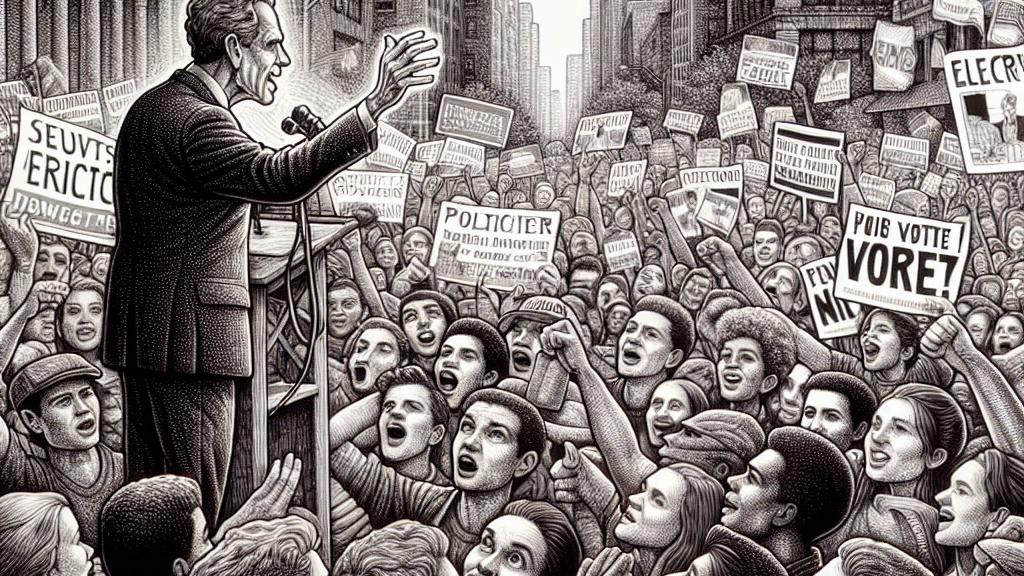Support for Saito in Hyogo Governor Election Among Young Voters
Overview
- A remarkable 70% of voters aged 10-20 are enthusiastically supporting former Governor Saito.
- In a thrilling race against Kazuumi Inamura, Saito showcases the evolving dynamics of Japanese politics.
- The internet survey highlights Saito's broad appeal across various age groups and demographics.

Election Background
On November 17, 2024, the Hyogo gubernatorial election took center stage in Japan, generating significant public interest and debate. This election arose in the aftermath of former Governor Motohiko Saito’s controversial dismissal, which followed a unanimous no-confidence vote in September. Many believed that his career had hit a dead end, but Saito seized this unexpected turn of events to launch a robust comeback campaign against Kazuumi Inamura, a respected former mayor. Astonishingly, a striking 70% of voters aged 10 to 20 rallied behind Saito, revealing a deep and often overlooked connection with younger voters. This surge of support demonstrates a shift in political engagement and highlights a collective yearning for new perspectives that resonate with today’s youth.
Support Demographics
The demographics backing Saito paint an intriguing picture of the political landscape. An engaging online survey conducted by Mainichi Shimbun and Kobe Shimbun revealed that not only did Saito dominate among the youth, but he also captured approximately 40% of support from individuals in their 30s to 50s. This broad appeal crosses age divisions, making Saito a compelling figure across the spectrum of voters. In stark contrast, Kazuumi Inamura found a stronger footing among older citizens. This fascinating distribution highlights a crucial point: engaging young voters in politics is no longer optional; it is essential. In light of the historical trend showing younger voters frequently report lower turnout, harnessing their enthusiasm and aligning their energy with political action could transform future elections.
Campaign Strategies and Future Implications
Saito's innovative and strategic use of social media became a game-changer in his campaign, revolutionizing how he communicated with and motivated young voters. He described the groundswell of support for his candidacy as a 'natural, grassroots phenomenon,' effectively leveraging platforms like Twitter and Instagram to foster authentic and dynamic conversations. This approach not only signifies a critical evolution in political campaigning—a blend of digital proficiency and meaningful connection—but also sets a new precedent for aspiring politicians who wish to resonate with the youth. Furthermore, Saito's victory might herald a significant shift in the Japanese political landscape, encouraging future candidates to embrace creativity in their outreach efforts. Engaging young voters is not merely advantageous; it is imperative for revitalizing democratic processes and ensuring that the voices of future generations are heard.

Loading...